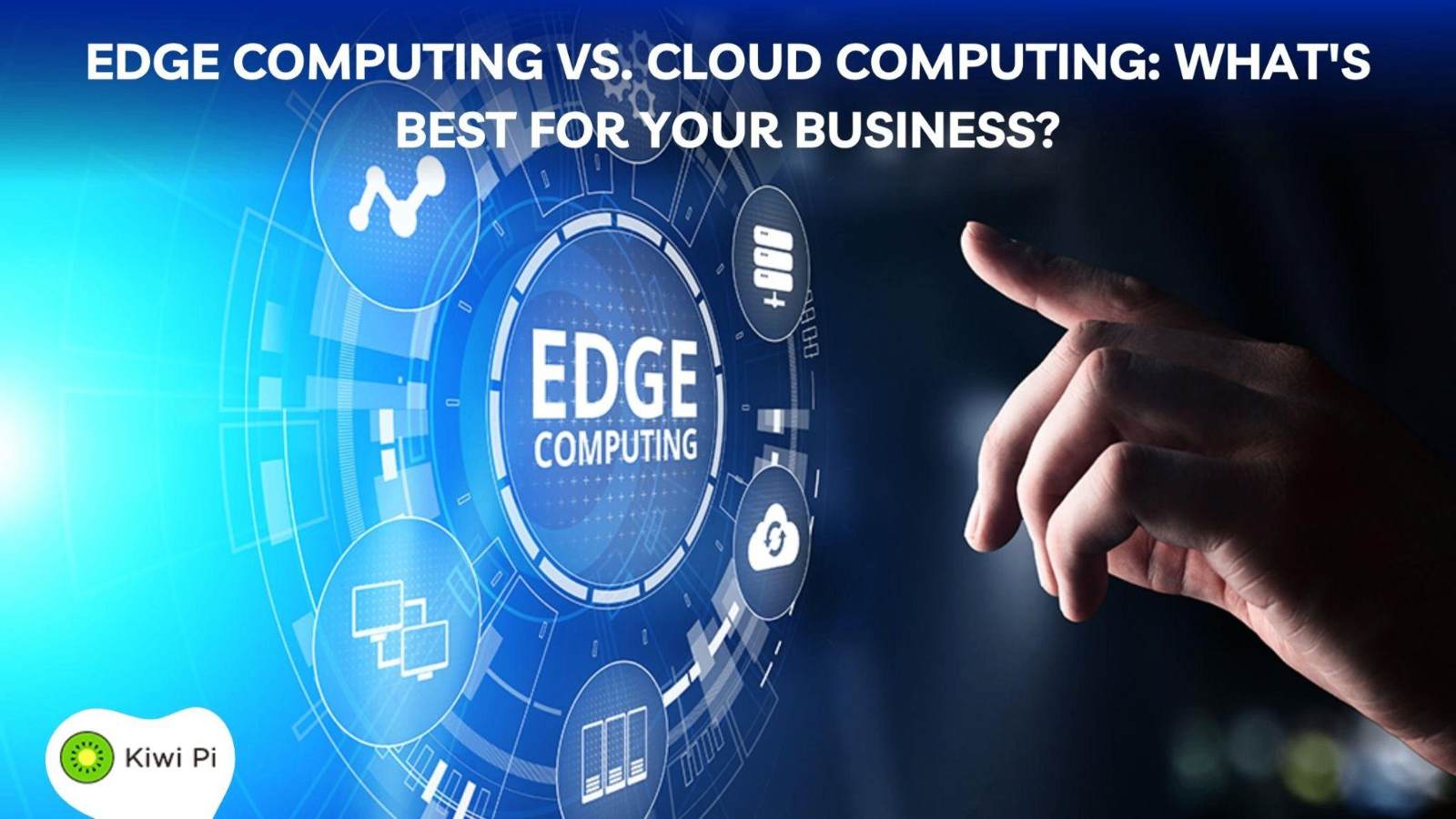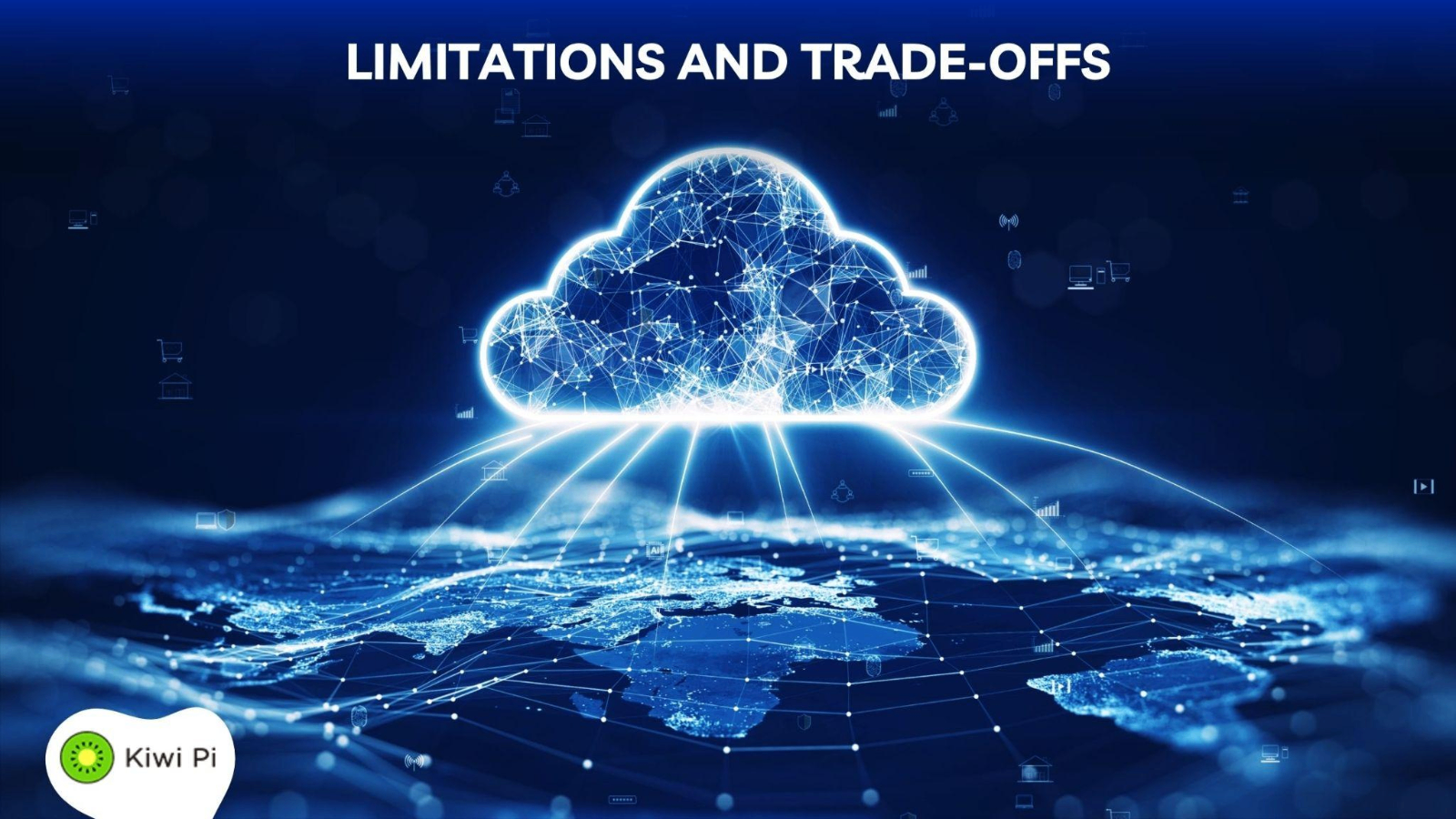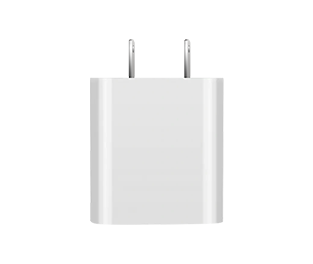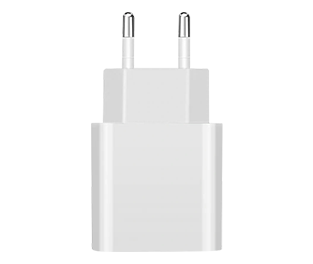
Solution
Edge Computing vs. Cloud Computing: What's Best for Your Business?
Edge Computing vs. Cloud Computing: What's Best for Your Business?

By 2025, the optimal computing model will not only serve as a technological choice but also as a guiding strategy. The shift from a cloud-only focus to a hybrid, context-aware architecture revolutionizes the way enterprises function. Smart businesses do not argue about edge computing vs cloud computing anymore; they focus on where intelligence needs to be situated. Neither the device nor the cloud- where should decisions be made in milliseconds? Firms like Kiwi Pi are spearheading this change with Rockchip-solution embedded systems that allow businesses to respond in real time while relying on cloud intelligence during non-peak hours in AIoT and industrial settings.
What Is Cloud Computing?
Cloud computing refers to the storage and processing of data over the internet. Cloud-based platforms are ideal for large-scale data analysis, SaaS models, and backup systems because of their global accessibility and capacity for elastic scaling. These platforms, as part of digital transformation, allow businesses to effectively manage infrastructure and control expenditures. When comparing edge computing vs cloud computing, the latter has a disadvantage in latency-sensitive use cases.
What Is Edge Computing?
Closer to the device's location is the Data processing movement; local nodes, gateways, and devices are termed as Edge Computing. This facilitates immediate decision-making while reducing the latency and improving the management of bandwidth. AIoT smart manufacturing and real-time patient monitoring that require instant action are some critical use cases supported by edge computing. The best example is enabling edge computing in dialysis machines to make AI-driven split-second decisions. Such applications for local inference, autonomy at the source, and data efficiency without the cloud dependencies are powered by Kiwi Pi's Rockchip-based embedded systems.
Core Differences: Cloud vs. Edge Computing
The main difference between edge computing and cloud computing is the location where data is processed. Cloud computing centralizes data to remote data centers where processing becomes scalable, but increases latency. On the other hand, edge computing offers hyper-local data processing, which allows for ultra-fast data processing, even in disconnected environments. While providing a SaaS or long-term storage, cloud suits greatly, but excelling in AIoT and real-time analytics is edge computing’s specialty.
Business Use Case Scenarios

In healthcare, edge computing allows real-time notifications for monitoring ICU patients and dialysis patients, while cloud computing takes care of long-term data analysis. In retail, edge computing supports smart shelves and in-store analytics, while cloud computing manages wider campaigns. In manufacturing, predictive maintenance depends on edge-triggered alerting systems with later aggregation in the cloud. All these use cases are catered for by Kiwi Pi’s embedded Rockchip solutions, including AIoT, medical systems, intelligent transportation, and unmatched hardware flexibility optimizes the edge vs cloud computing decisions.
RK3588 Compute Module
Bestowed with an octa-core CPU, the RK3588 Compute Module by Kiwi Pi is specifically tailored for AIoT, Industrial Control, and Smart City Use cases. It also comes with a 6 TOPS NPU and 8K video output, PCIe, HDMI, and GPIO for wide I/O support. It facilitates smart surveillance, edge AI gateways, automated inspection, and facial recognition systems. In addition, its industrial temperature tolerance ensures reliability in harsh environments. This is ideal for OEMs looking for scalable embedded AI systems. Learn more at kiwipi.com.
RK3588 Android TV Box
Other than serving as an RK3588 Android TV Box, Kiwi Pi is best known for its powerful solutions to commercial multimedia environments, including retail signage, hospitality systems, and corporate meeting displays. It runs on Android 12, offers 8K playback, has HDMI input/output, and Wi-Fi 6. This enables real-time content delivery, AI analytics, and smart display networks. Thus, it can be used by businesses for digital kiosks, public announcements, and even AI-driven content administration. Explore enterprise-ready options at kiwipi.com.
Benefits of Each Architecture
Cloud computing is offered with scalable infrastructure and integration, while high-volume data processing comes at an economical cost. It excels in SaaS, analytics, and global access environments. Edge computing ultra-low latency and operation privacy provides immediacy in AI inference and offline operation. Businesses that operate in low-connectivity zones or require real-time responsiveness benefit greatly from edge computing. These advantages span smart retail, agriculture, and industrial automation, with controlled edge resources and cloud augmentation from Kiwi Pi’s embedded systems designed specifically for these edges, making the applications practical and scalable.
Limitations and Trade-offs

Although powerful, the very nature of cloud computing comes with some trade-offs. Demand for constant connectivity can lead to high latency, which is not ideal for real-time operations. When sensitive data is kept off-site, data sovereignty and privacy concerns are issues that arise. Moreover, transferring data to the cloud can be expensive on an operational basis. This makes the cloud less ideal for applications where instantaneous response, offline capability, or both are needed.
Edge Limitations:
Edge computing's ever-growing popularity comes with its own challenges. Devices often need tailored processing power and purpose-built hardware that require some amount of design and maintenance complexity. Updating and managing distributed systems tends to be more difficult than dealing with centralized cloud infrastructure. These issues can drive both operational and maintenance costs higher. Sooner than later, these shortcomings become secondary, especially in AIoT and critical time-sensitive scenarios.
Hybrid Model: The Best of Both Worlds?
A hybrid model utilizes the cloud for processing power and the edge for faster access, blending the two computing systems. This “cloud-assisted edge” strategy ensures that the real-time actions taken on the device are aligned with the cloud-level analytics and storage. Smart farming, smart manufacturing, and smart healthcare are examples of industries that require such distributed intelligence. Kiwi Pi’s embedded platforms enable this type of hybrid architecture pattern with intelligent workload balancing and automated data synchronization.
Decision Framework: Which One Is Right for You?
The decision-making process can be sensitive depending on latency constraints, privacy, bandwidth, and overall computing resources. The question boils down to: when should the decision be made, on the edge in milliseconds, or later in the cloud? Companies must analyze their applications’ requirements in advance. With Rockchip-based systems supporting both cloud and edge computing, Kiwi Pi helps you tune the right mix to maximize flexibility, performance, and security.
Future Outlook: Adaptive Computing Architectures
The future lies in adaptive systems that dynamically shift workloads between edge and cloud based on context. AI orchestration, federated learning, and intelligent mesh networking will need to be applied to these architectures to enable efficient, secure, and autonomous computing. Edge and cloud computing are being redefined into self-optimizing networks with real-time adaptability.
Your Business Architecture Must Match Your Intelligence Architecture
Your industry, the regulations governing it, and the users’ demands dictate what the best computing model is. Control and speed are provided by edge computing, while scale and integration are provided by the cloud. The future doesn’t lie in choosing one over the other, as both need to be integrated with your intelligence requirements. “Don’t just choose speed or scale—engineer both.” With Kiwi Pi's Rockchip-based embedded systems, they can be integrated seamlessly without losing cloud connectivity. Your architecture should evolve alongside your ambition, and your aspirations are boundless, making the statement that Kiwi Pi is ready to build with you.


